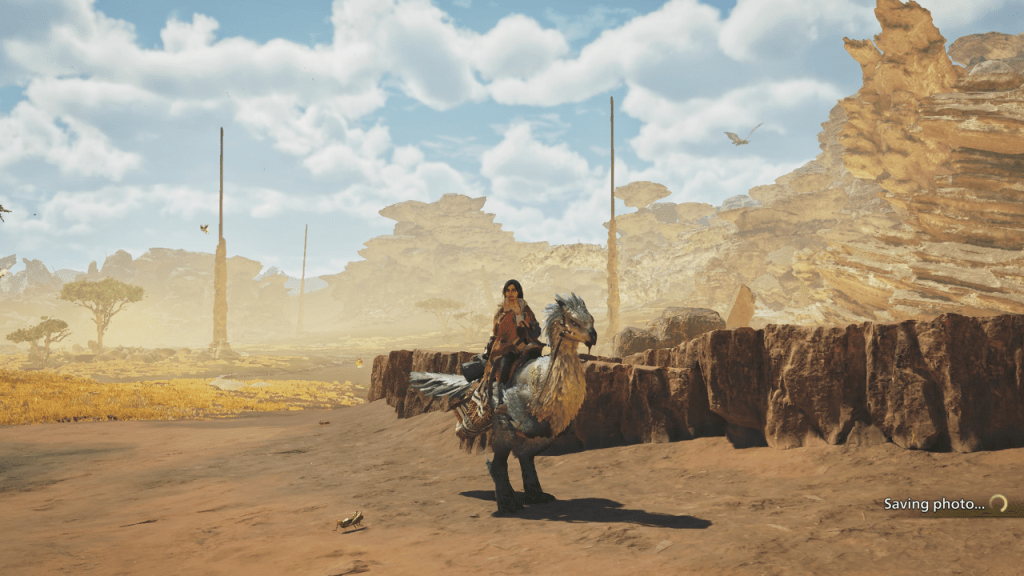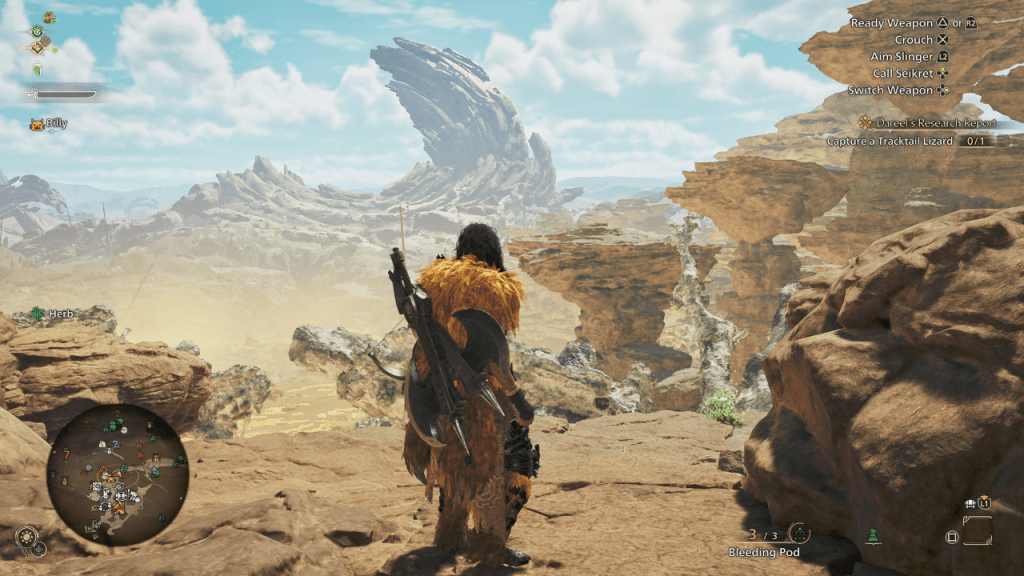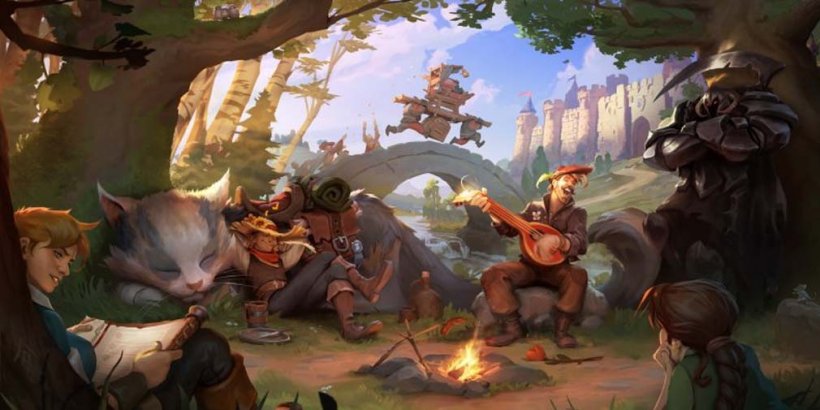Monster Hunter Wilds Seasons and Weather, Explained
- By Jason
- Mar 27,2025
In *Monster Hunter Wilds*, the dynamic interplay of seasons and weather in the Forbidden Lands significantly influences both the game's visuals and gameplay mechanics. Here's a comprehensive guide to understanding and navigating these elements in *Monster Hunter Wilds*.
Monster Hunter Wilds Seasons, Explained

*Monster Hunter Wilds* features two distinct seasons that govern the weather patterns in the Forbidden Lands: Fallow and Plenty. The game begins in the Fallow season, characterized by a harsh environment with severe weather conditions and scarce resources. This scarcity leads to heightened aggression among monsters, who are more likely to engage in combat with each other, adding an extra layer of challenge for hunters.
In contrast, the Season of Plenty offers a more favorable environment with warmer temperatures and an abundance of flora, resulting in a visually vibrant landscape. During this season, smaller monsters are less aggressive and less likely to form packs, making the hunting experience more manageable. The abundance of Endemic Life and various plants during Plenty makes it a celebrated time among both the villagers and players of *Monster Hunter Wilds*.
Between these seasons, players may encounter brief but intense weather events known as Inclemency. These events amplify the weather's intensity and set the stage for dramatic battles against Apex Predators. For instance, during the Pinnacle of the Pack Assignment, hunters face the Alpha Doshaguma amidst the Sandtide, a fierce sandstorm accompanied by lightning. These unique weather events add thrilling variety to encounters with Apex Predators throughout the game.
How To Check the Seasons and Weather in Monster Hunter Wilds

To stay informed about the current season and weather, players can utilize the HUD and map features in *Monster Hunter Wilds*. The HUD displays icons in the bottom left corner indicating the time of day and current season. For a more detailed view, players can access the map and press the prompted button to view the Environment Overview, which provides comprehensive information on the prevailing weather and season.
Additionally, Optional Quests in *Monster Hunter Wilds* are set in specific times of day and seasons, temporarily transporting players to these conditions regardless of the current season in the main game.
How To Change the Season and Weather in Monster Hunter Wilds
Given the significant impact of seasons on the flora and fauna of the Forbidden Lands, players may find it advantageous to switch between Fallow and Plenty depending on their hunting objectives. Fortunately, *Monster Hunter Wilds* allows players to change the season and weather.
To do so, players must set up their tent and rest. Within the tent, navigate to the BBQ Menu and select the Rest option. Here, you can adjust the Environment and Time settings for when your Hunter wakes up, effectively changing the season and weather.
However, resting comes with a cost of 300 Guild Points and is only available to High Rank Hunters. It's also important to note that resting cannot be done during an active quest.
This guide covers everything you need to know about the seasons and weather in *Monster Hunter Wilds*, enhancing your gameplay experience by allowing you to adapt to the dynamic environment of the Forbidden Lands.
*Monster Hunter Wilds* is now available on PlayStation, Xbox, and PC.






